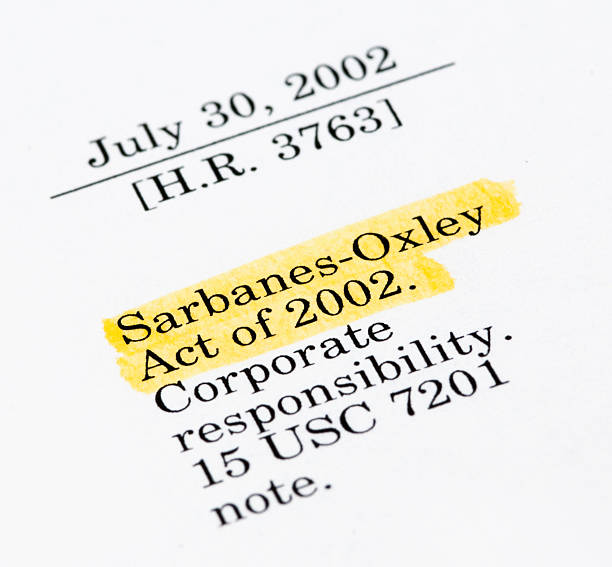Transparency Tools Transforming Public Sector Accountability
Public sector transparency tools are reshaping how governments disclose information, track decisions, and respond to public concerns. By combining legal frameworks with digital platforms, administrations can strengthen oversight and stakeholder trust while addressing challenges such as privacy and complex implementation. This article examines how legislation, policy and technology intersect to advance accountability across government functions, and considers practical governance and compliance measures that influence outcomes for citizens and institutions alike.

Public institutions increasingly pair legal obligations with practical tools to make information accessible and verifiable. Rather than relying solely on paper records or ad hoc reporting, modern transparency efforts emphasize structured data, standardized formats, and persistent public interfaces. These shifts support more consistent oversight and enable diverse stakeholders to monitor policy outcomes, spot compliance gaps, and engage in informed dialogue with administrators.
How legislation shapes transparency
Legislation often establishes baseline requirements for openness: rules for public records, reporting timelines, and disclosure thresholds. Laws can mandate proactive publication of budgets, contracts, and meeting minutes, creating a legal foundation for transparency. Clear statutory definitions reduce ambiguity about what must be disclosed and when, while legislative amendments can address emerging data types or technologies. Effective statutory design balances mandatory disclosure with procedural clarity so that implementation by agencies is predictable and auditable.
Policy tools for accountability
Administrative policies translate legal mandates into operational practice, detailing formats, retention schedules, and responsibilities across departments. Policies can require agencies to adopt open-data standards, maintain searchable portals, and document decision rationales. Internal accountability measures—such as routine reporting cycles, performance indicators, and whistleblower protections—complement external transparency by making oversight more systematic. When policy aligns with governance priorities, it reduces fragmentation and helps stakeholders interpret available information.
Regulation and compliance mechanisms
Regulatory frameworks set standards for compliance, define enforcement pathways, and specify penalties for noncompliance. Independent auditors, inspectorates, and data protection authorities play a role in verifying that disclosure obligations are met and that regulatory safeguards are effective. Compliance mechanisms often include automated checks, regular audits, and public compliance reports that reveal both strengths and gaps in administration. Robust enforcement supports trust in transparency tools by ensuring disclosures are meaningful rather than merely performative.
Oversight, governance, and stakeholder roles
Oversight structures such as parliamentary committees, ombuds offices, civil society organizations, and media act as external checks on administration. Stakeholders contribute by analyzing published data, filing information requests, and participating in consultations that inform governance processes. Collaborative platforms that facilitate stakeholder feedback help refine implementation and identify priorities for additional transparency. Effective governance recognizes the complementary roles of internal oversight and engaged external actors in sustaining accountability.
Balancing transparency and privacy
Transparency initiatives must navigate privacy and security concerns. Publishing datasets requires careful redaction, aggregation, or anonymization to protect personal information while preserving public value. Regulatory requirements for data protection influence how and what agencies disclose, and privacy impact assessments guide decisions about openness versus confidentiality. Clear rules and technical safeguards—such as access controls for sensitive datasets—help reconcile the public interest in oversight with individual privacy rights.
Implementation in administration and monitoring
Implementation depends on administrative capacity: staff training, budget allocation, and technology choices. Practical tools include open-data portals, interactive dashboards, procurement trackers, and machine-readable formats that support reuse. Emerging technologies such as distributed ledgers and automated audit trails can enhance verifiability but require governance frameworks to manage risks. Continuous monitoring, feedback loops, and iterative policy adjustments are essential to maintain accountability as systems evolve.
Conclusion Transparency tools are most effective when supported by coherent legislation, clear policies, enforceable regulations, and engaged oversight. Balancing openness with privacy protections, investing in implementation capacity, and involving stakeholders in governance processes help ensure that transparency initiatives contribute to meaningful accountability. Ongoing evaluation and adaptation enable administrations to respond to new challenges and sustain public trust through demonstrable, verifiable practices.





